$168.85 Original price was: $168.85.$96.99Current price is: $96.99.
SKU: D2LSC 0053794508 Category: FRAGRANT PLANTS
- Get Quality, Get More
- Sustainable materials, for a better tomorrow.
- 100% High-Quality Guarantee
- Peace of Mind with Every Purchase

Fruitland’s Fortune Tea Olive – Tree Form
Osmanthus x fortunei ‘Fruitlandii’
Other Names: Sweet Olive, Fruitland’s Osmanthus
Plant Details
USDA Plant Hardiness Zones: 7a to 10a (6?) Find Your Zone
Plant Type: Evergreen Flowering Small Tree
Height at Maturity: 15-20′, with no pruning
Width at Maturity: 10-15′, with no pruning
Spacing: 18’+ for space between plants
Growth Habit / Form: Upright, Dense, Rounded
Growth Rate: Moderate to Fast
Flower Color: Pristine White
Flower Size: Small, 1/4″ in clusters
Flowering Period: Fall, Early Winter
Flower Type: Single, in clusters
Fragrant Flowers: Yes, extremely fragrant!
Foliage Color: Dark Green
Fragrant Foliage: No
Berries: No
Berry Color: NA
Sun Needs: Full to Mostly Sun, Shade, Morning Sun With Afternoon Shade, Morning Shade with Afternoon Sun. All day Filtered Sun
Water Needs: Average, Very Low when established
Soil Type: Clay, Loam, Sandy, Silty
Soil Moisture / Drainage: Moist But Well Drained
Soil pH: 5.5 – 7.0 (Acid to Neutral)
Maintenance / Care: Average to Low
Attracts: Visual Attention
Resistances: Deer, Disease, Drought (when established), Heat, Insect
Description
This is the single-trunk tree form version of the Fruitland’s Fortune Tea Olive, introduced from Japan in 1856. It is a cross between Osmanthus heterophyllus and Osmanthus fragrans and has stood the test of time for good reasons. It sports abundant clusters of unusually fragrant, clear-white flowers in fall. As with other tea olives, the individual flowers might be small but they sure do pack a punch when it comes to fragrance, filling the air in a front or back yard with sweet, heavenly perfume. Fruitland’s evergreen leaves are longer, more lustrous deeper green and the spines are much less pronounced than its O. heterophyllus parent. Thriving in full sun or shade it might reach 20 feet tall and 15 feet wide over time, making it a fine selection for a focal point specimen in landscape borders or home foundation plantings. Also perfect around outdoor living and sitting spaces. It is drought tolerant when established and we’ve seen no problems with insects, disease, or deer, who turn their nose up to it.
‘Fruitlandii’ is a cultivar selected by Fruitland Nurseries, which long ago occupied what is currently Augusta National Golf Club.
Landscape & Garden Uses
Growing 15 to 20 feet tall and 10 to 15 feet wide with no pruning, the Fruitland’s Fortune Tea Olive tree is ideal for use as a focal point specimen in sunny to partially shaded landscape borders and home foundation plantings. Also very nice near patios, porches, decks and other outdoor living and sitting spaces. Can also be used to line a walk, driveway or street. Also nice to frame corners of homes and other structures. A fine addition to fragrance gardens, cottage gardens, white theme gardens and the Xeriscape (low water needs).
Suggested Spacing: 18 feet or more apart for space between plants
Growing Preferences
Fruitland’s Fortune Tea Olive is very easy to grow in most any average, moist but well-drained acidic to neutral soil and full sun to mostly shade. Exceptionally drought tolerant when established. Over decades of growing this plant in our own gardens, we’ve seen no insect or disease problems and deer don’t touch it. As with many other plants, a constantly soggy or wet soil can be problematic. No pruning necessary however responds well to to it for shaping purposes or hedges.
Helpful Articles
Click on a link below to find helpful advice from our experts on how to plant and care for Tea Olive Osmanthus shrubs and trees.
How To Plant A Tea Olive
How To Fertilize A Tea Olive
How To Prune Prune A Tea Olive Shrub Or Tree
Plant Long & Prosper!
Meet The Wilson Brothers & Staff
Questions? Contact Us
Be the first to review “Fruitland’s Fortune Tea Olive Single Trunk Tree – 7 Gallon Pot (4-5′)” Cancel reply
Related products
Sale!
FRAGRANT PLANTS
Sale!
FRAGRANT PLANTS
Sale!
FRAGRANT PLANTS
Sale!
Sale!
FRAGRANT PLANTS
Sale!
FRAGRANT PLANTS
Sale!
FRAGRANT PLANTS
Sale!


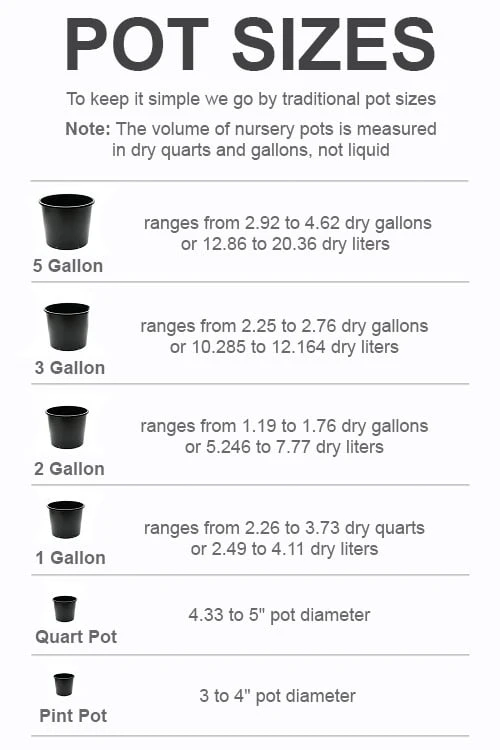







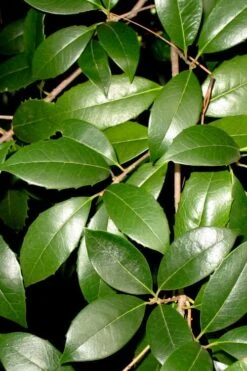
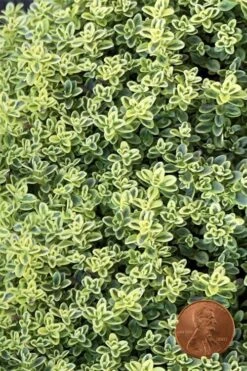
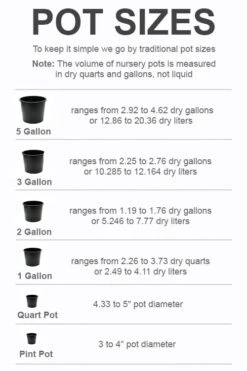

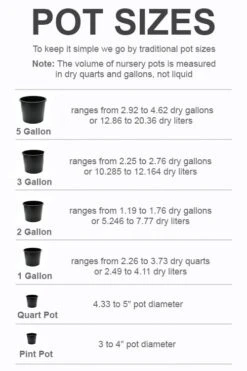





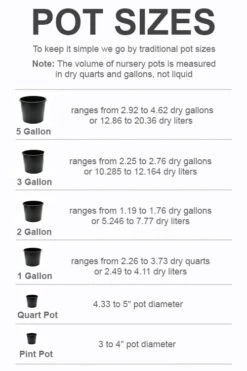


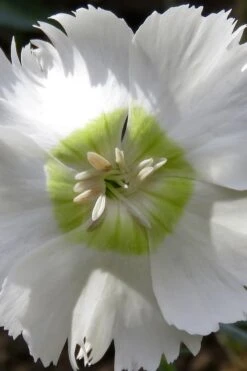


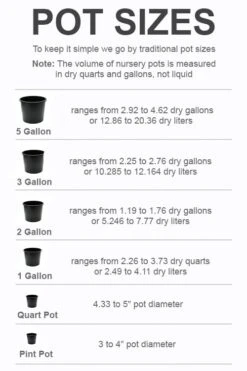
Reviews
There are no reviews yet.